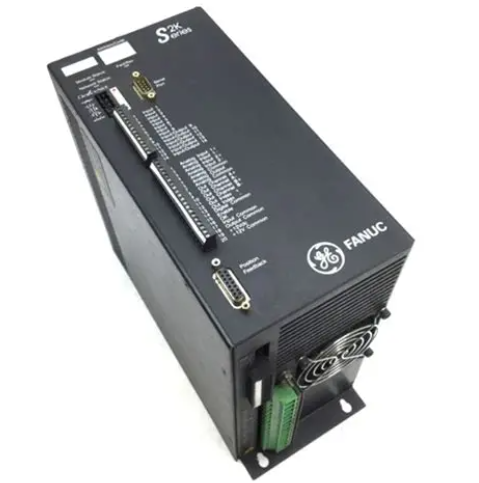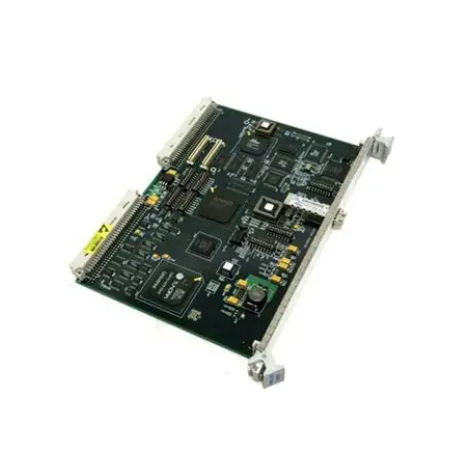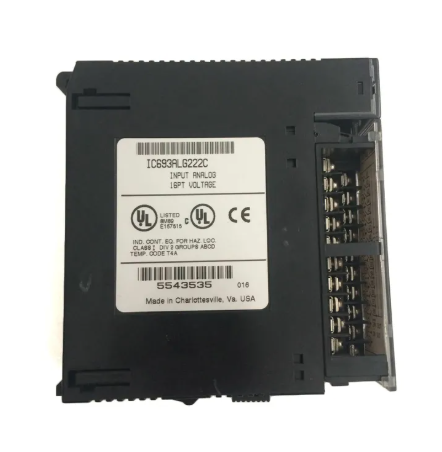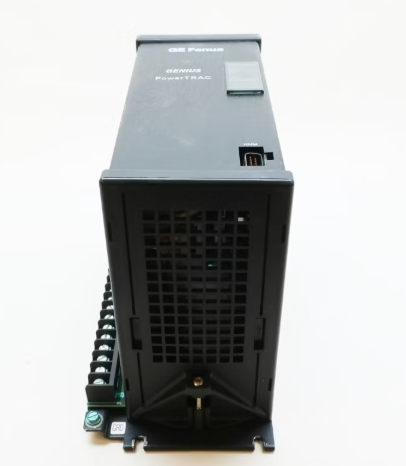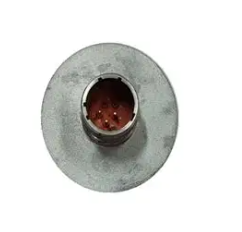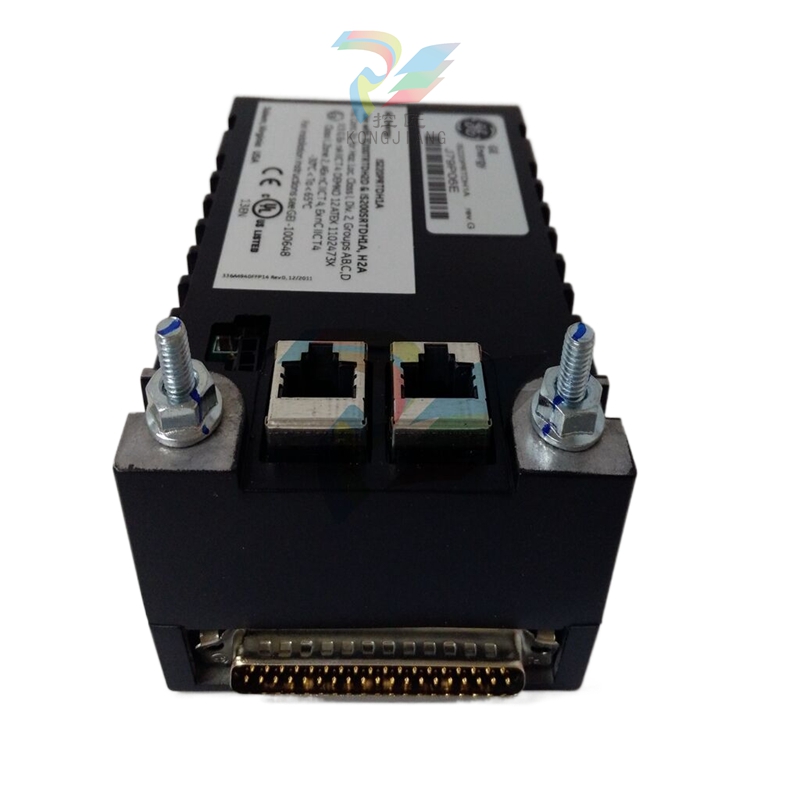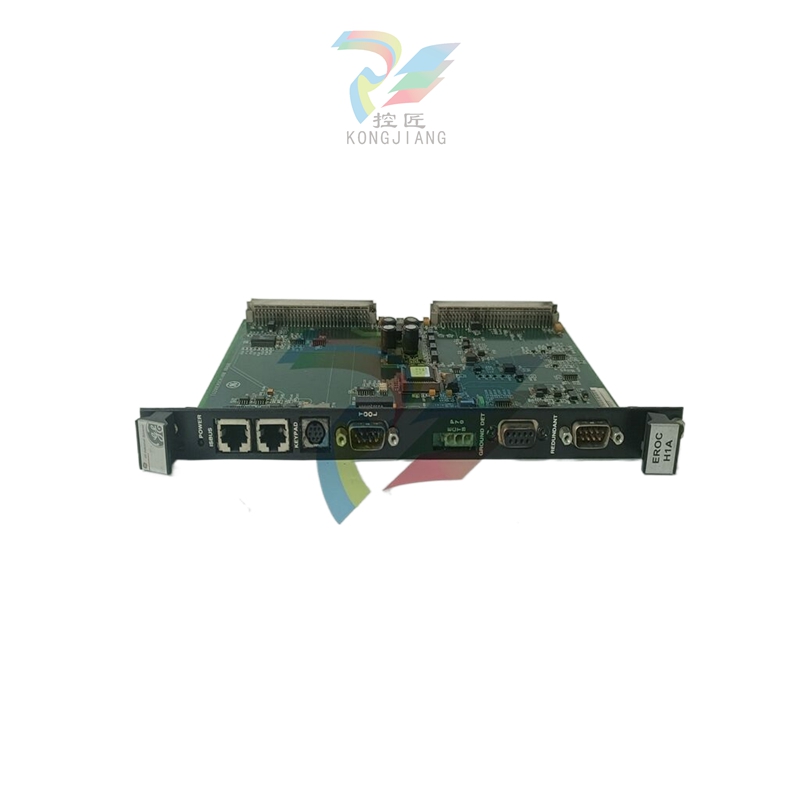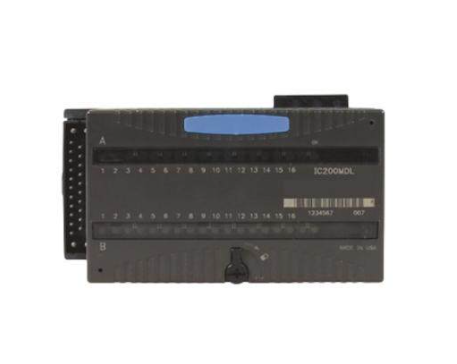From raw material to yarn, from yarn to fabric.
Spinning is a very old activity. Since prehistoric times, humans have known how to spin short fibers into long yarn and then weave them into cloth. In popular terms, spinning is a behavior of taking animal or plant fibers and twisting them into a continuous and infinite extension of yarn in order to be suitable for weaving.
Professionally speaking, the process of spinning disordered short fibers such as raw cotton into continuous cotton yarn or cotton blended yarn is cotton spinning. Spinning is to convert disordered fibers into fiber aggregates. The raw cotton enters the cotton mill in the form of compact cotton bale, and the fiber is in a lumpy and disorderly state, containing a variety of impurities and defects. Therefore, it is necessary to relax first and then assemble in spinning, that is, to break the unnecessary connection between the fibers first, remove the impurity defects, and arrange it into yarn strips requiring thickness along the axis, and properly twist back to form cotton yarn.
Spinning skills
The spinning process mainly includes: cleaning, carding, combing, combining, roving and spinning. The following is a detailed description of each step in the spinning process:
01 Cotton Cleaning
Remove most impurities and defects from raw cotton
And short fibers unsuitable for spinning
Main task
(1) Opening cotton: the tight raw cotton will be loosened into smaller cotton chunks or bundles to facilitate the smooth mixing and impurity removal;
(2) Cotton cleaning: remove most impurities, defects and short fibers that are not suitable for spinning in raw cotton;
(3) cotton mixing: the raw cotton of different components is fully and evenly mixed to help ensure the stability of the quality of cotton yarn;
(4) Roll: Make a certain weight, length, uniform thickness, good shape of the cotton roll.
✪ Machinery involved in the cotton cleaning process:
Opener, scutcher, mixer, coiler.

02 Carded cotton
Cotton rolls off the machine during the scutching process
After the piercing roller, tin cover plate, doffer and other processes
Comb, remove impurities, mix into slivers into canister
After opening and cleaning combined machining, the fibers in cotton rolls or loose cotton are mostly loose cotton blocks, bundles of cotton, and contain 40% to 50% impurities, most of which are small, strong adhesion fibrous impurities (such as broken seeds with fiber, seed crumbs, soft seed epidermis, cotton knots, etc.), so it is necessary to thoroughly decompose the fiber bundles into single fibers to remove the small impurities remaining in them. Make each cotton component fiber in the single fiber state fully mixed, made of uniform sliver to meet the requirements of the next process.
Main task
(1) Carding: the cotton block is decomposed into a single fiber state to improve the straight and parallel state of the fiber;
(2) Impurity removal: clear fine impurities and short velvet in cotton rolls;
(3) Mixing: make the fiber further fully and evenly mixed;
(4) Into strips: made into noodles that meet the requirements.
The main tasks of carding and cleaning processes seem to be similar, the main difference is that the types of impurities removed are different, the carding process is mainly used to further remove impurities and non-spinnable short fibers, so that the fibers are parallel and straight, and finally made into cotton sliver tray into the canning.
✪ Machinery involved in the carding process:
Barbed roller, tin cover plate, Doffer.
03 Combing
Further separation of fibers and impurity removal
Main task
(1) Impurity removal: remove knots, impurities and fiber defects in the fiber;
(2) carding: further separation of fibers, excluding short fibers below a certain length;
(3) Drafting: the sliver is drawn to a certain thickness, and the fiber is extended in parallel;
(4) Into strips: made of composite requirements of the sliver.
04 parallel bar
The fiber strip made by combing mechanism has large unevenness of long segments and poor fiber elongation. Most of the fibers are bent or curled, and some small fiber bundles exist. If it is directly used for spinning, it will inevitably affect the yarn quality. The process of combining a number of raw strips together, after drawing by the roller, reduce the unevenness of the long segment of the fiber strip, eliminate the curly fiber in the raw strip, and improve the straightness and parallelism of the fiber and the separation degree. By using the combination between the fiber strips, the fibers of different properties in the fiber strips are mixed with each other according to a certain mixing ratio and mixed evenly.
Main task
(1) Combination: Use 6~8 strips of cotton to merge, improve the long segment of cotton strips uneven;
(2) Drafting: stretch the sliver to the specified weight, and further improve the degree of fiber elongation and parallel;
(3) Mixing: The use of blending and drafting, according to the process on the drawing machine for mixing sliver;
(4) Into strips: the ring strip is made into a well-formed cooked strip, and the regular site is placed in the tampon can.
05 roving
The cooked strips are processed into roving of different counts and twists
The main purpose of the roving process is to twist or twist the yarn with appropriate twist or false twist, so that the roving has a certain strength to withstand the winding and unwinding tension, and is conducive to the drafting process on the spinning frame. The roving is wound into a certain roll form, so as to facilitate transportation, storage, and meet the requirements of the spinning frame for feeding form, and better improve the efficiency of the spinning frame.
Main task
(1) Drafting: the sliver is drawn long and thin into roving.
(2) Twisting: add a certain twist to the roving to improve the strength of the roving.
(3) Winding: the twisted roving is wound on the bobbin.
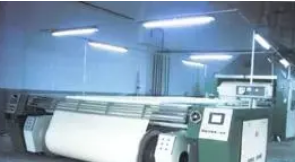
06 Spinning
Spinning process is the last process in the spinning process, mainly by drawing, twisting and winding semi-product roving or sliver into spinning machine. The quality of spun yarn has a great influence on the quality of spun yarn.
The purpose of spinning yarn:
1. Lengthening the yarn to increase the yarn packing capacity and improve the production efficiency of subsequent processes.
2. Remove yarn defects and impurities to improve yarn quality and strength.
Main task
(1) Drafting: the roving is drawn to the required number of features.
(2) Twisting: add a certain twist to the drawn yarn to make it have a certain strength, elasticity and luster.
(3) Winding: winding into yarn, easy to transport and post-processing.
Woven weaving technology
The weaving process mainly includes: winding, warping, sizing, threading, weaving and finishing. The following is a detailed description of each step in the weaving process:
1 winding
Pipe yarn or Hank to be drawn from the spinning department
In the winding machine processing into a certain requirements of the bobbin
Main task
(1) Winding and forming: winding the yarn (line) into a large capacity, a model and a certain density of the bobbin;
(2) Impurity removal: clear some defects and impurities on the yarn to improve the quality of the yarn.
✪ Machinery involved in winding process:
Winder: It is to rewind the yarn from the twisting machine into a certain shape and large capacity bobbin, while eliminating impurities and defects on the yarn, so as to improve the productivity of the subsequent process.
2 warping
Will a certain number of warp
Wind parallel to the warp or weaving shaft according to the specified length and width
The warping process is mainly based on the provisions of the process design, the warp of a certain number and length is drawn from the winding bobbin to form a yarn sheet, so that the warp has a uniform tension and is tightly wound on the warping shaft parallel to each other to make preliminary preparations for the formation of the knitting shaft.
warping
process
(1) When warping, the warp must have appropriate tension, while maintaining the elasticity and tension of the warp as much as possible.
(2) In the warping process, the full warp and tension should be as uniform as possible.
(3) The warp arrangement and winding density on the warp shaft should be uniform (refers to the transverse and inner and outer layers of the warp shaft yarn), and the surface of the warp shaft should be congratulated without uneven phenomenon.
(4) The number of warping roots, length or color warp arrangement cycle must be combined with the provisions of weaving process design.
(5) Warping machine production efficiency should be high, less silk.
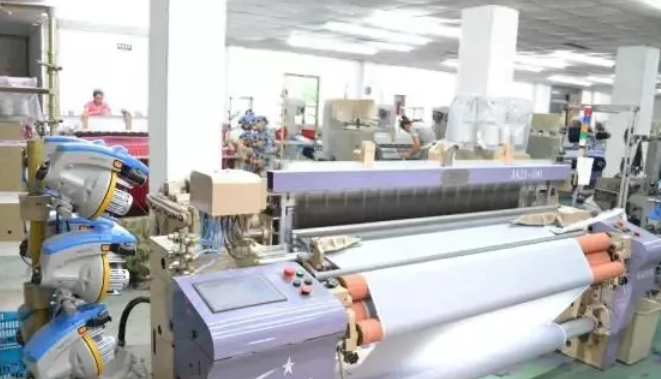
3 sizing
Sizing is applied to the warp to improve its weaves
Weavability: refers to the ability of the warp on the loom to withstand repeated friction, stretching, bending and other effects of the stop, heald, reed, etc., without a large number of hair or even breaking properties. Unstarched single yarn fibers do not hold each other tightly, the surface is too hairy, difficult to weave. After sizing, part of the slurry penetrates between the fibers and the other part adheres to the surface of the warp. The sizing based on the penetration of the slurry between the fibers is called immersion sizing, and the sizing based on the adhesion of the slurry to the surface of the warp is called coating sizing.
There are six main sizing methods: warp sizing, spinning sizing, finishing sizing, dyeing sizing, single sizing and Hank sizing.
4 Warp Pass
Make the warp further
In order of arrangement, arrangement width and density
To fix temporarily and locally
Threading refers to the process of threading the warp yarn on the knitting shaft into the warp stop, harness and reed according to the drawing on the fabric. There are two ways of threading, manual and mechanical. The warp threading machine is often used for plain and twill fabrics, which can Pierce 4 warp threads at the same time each time, and the output of the single machine is more than 50% higher than that of the manual.
5 Weaving
The weaving process mainly refers to the warp shaft passing through the shuttle guide weft yarn by the shuttle loom, interweaving into grey cloth according to the technological requirements, and winding into cloth rolls.
The textile process seems simple and repetitive, but in fact, every step of it has an important impact on the quality of the textile. Only by carefully mastering the spinning process and skillful operation can we prepare a good yarn of composite standard.
- EMERSON
- Honeywell
- CTI
- Rolls-Royce
- General Electric
- Woodward
- Yaskawa
- xYCOM
- Motorola
- Siemens
- Rockwell
- ABB
- B&R
- HIMA
- Construction site
- electricity
- Automobile market
- PLC
- DCS
- Motor drivers
- VSD
- Implications
- cement
- CO2
- CEM
- methane
- Artificial intelligence
- Titanic
- Solar energy
- Hydrogen fuel cell
- Hydrogen and fuel cells
- Hydrogen and oxygen fuel cells
- tyre
- Chemical fiber
- dynamo
- corpuscle
- Pulp and paper
- printing
- fossil
- FANUC
- Food and beverage
- Life science
- Sewage treatment
- Personal care
- electricity
- boats
- infrastructure
- Automobile industry
- metallurgy
- Nuclear power generation
- Geothermal power generation
- Water and wastewater
- Infrastructure construction
- Mine hazard
- steel
- papermaking
- Natural gas industry
- Infrastructure construction
- Power and energy
- Rubber and plastic
- Renewable energy
- pharmacy
- mining
- Plastic industry
- Schneider
- Kongsberg
- NI
- Wind energy
- International petroleum
- International new energy network
- gas
- WATLOW
- ProSoft
- SEW
- wind
- ADVANCED
- Reliance
- YOKOGAWA
- TRICONEX
- FOXBORO
- METSO
- MAN
- Advantest
- ADVANCED
- ALSTOM
- Control Wave
- AB
- AMAT
- STUDER
- KONGSBERG
- MOTOROLA
- DANAHER MOTION
- Bently
- Galil
- EATON
- MOLEX
- Triconex
- DEIF
- B&W
- ZYGO
- Aerotech
- DANFOSS
- KOLLMORGEN
- Beijer
- Endress+Hauser
- MOOG
- KB
- Moxa
- Rexroth
- YAMAHA
- Johnson
- Westinghouse
- WAGO
- TOSHIBA
- TEKTRONIX


Email:wang@kongjiangauto.com

















































































































